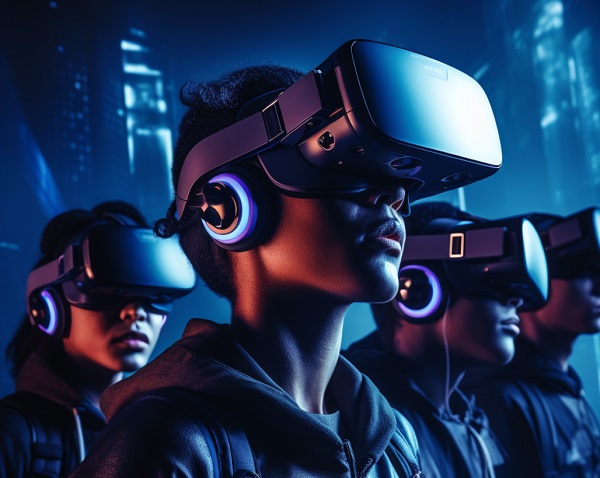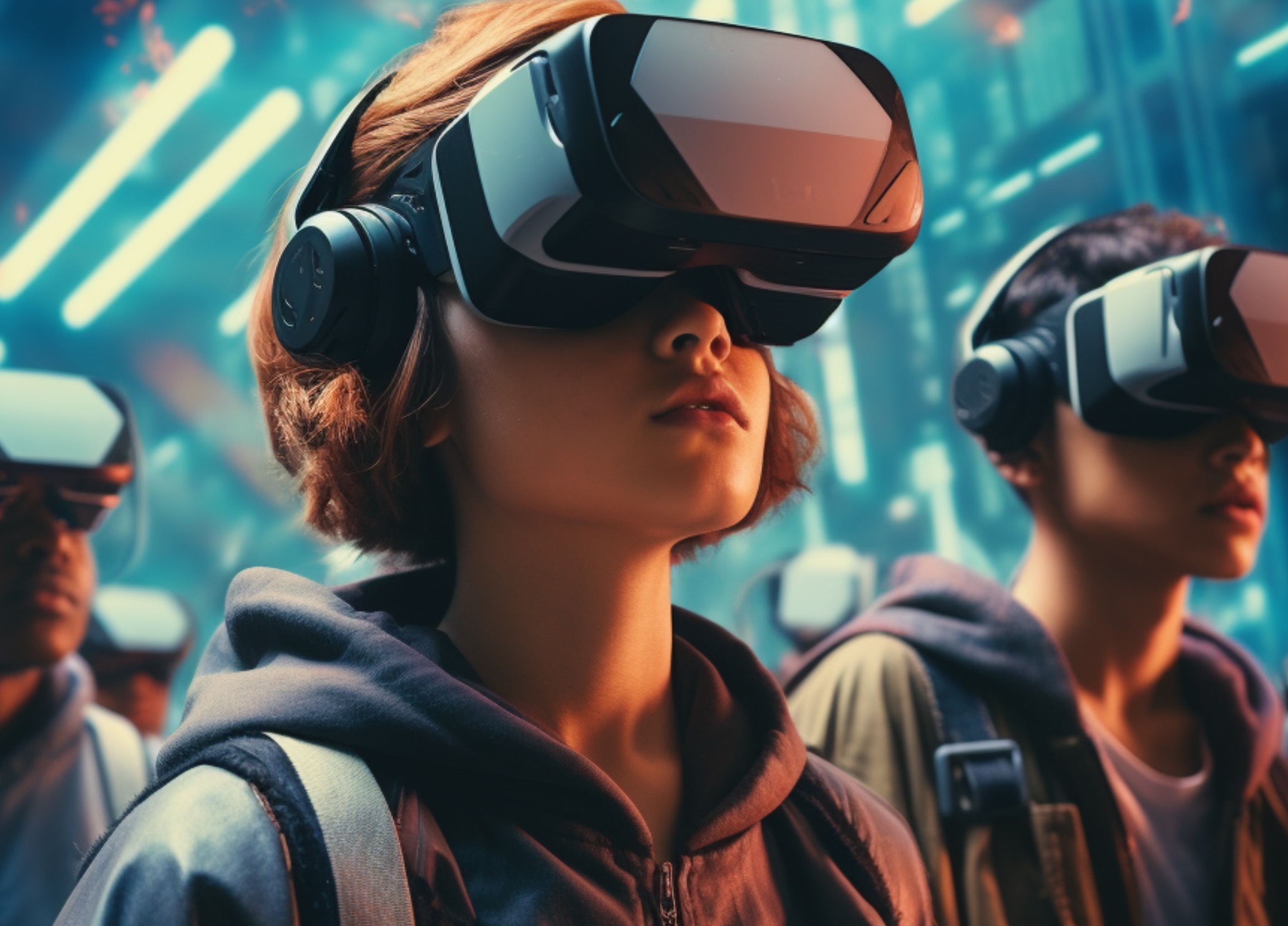In an era where technology is rapidly reshaping every aspect of our lives, it’s no surprise that education has also seen its fair share of transformation. One remarkable development in this realm is the integration of Virtual Reality (VR) into classrooms. Once confined to science fiction, VR classrooms are now a tangible reality with the potential to revolutionise education as we know it.
The Evolution of Education
Before we delve into the world of VR classrooms, let’s take a moment to reflect on the traditional classroom setup. Most consist of rows of desks, a blackboard, and a teacher delivering lectures – a setup that has remained unchanged for decades. While this model has its merits, it often falls short in engaging students who have grown up in a digital age.
Over the years, technology has gradually infiltrated education, from overhead projectors to online learning platforms. These tools have helped bridge gaps and enhance the learning experience, but they often need the immersive nature that VR can provide.
Enter VR Classrooms: Breaking Down the Basics
Virtual Reality classrooms are more than just a buzzword; they represent a fundamental shift in delivering education. In a VR classroom, students don VR headsets that transport them to digital environments, ranging from historic landmarks to microscopic worlds. This immersive experience allows students to interact with educational content in unimaginable ways.
The critical components of a VR classroom include the hardware – the VR headset itself – and the software that generates the virtual environment. Students can engage with the virtual world through gestures, controllers, or voice commands, creating a truly immersive and interactive learning experience.
Benefits of VR Classrooms
The advantages of using VR in education are far-reaching and impactful. Firstly, VR classrooms cater to different learning styles by providing multi-sensory experiences. Visual learners can see complex concepts come to life, while kinesthetic learners can actively engage with the content.
Moreover, VR classrooms facilitate global connectivity. Students and teachers worldwide can unite in a shared virtual space, transcending geographical boundaries. This global interaction enriches discussions and exposes students to diverse perspectives.
Safety is another noteworthy benefit of VR classrooms. Imagine conducting complex science experiments or exploring hazardous environments without any real-world risks. VR simulations provide a safe platform for practical learning, ensuring students can learn by doing, not just reading.
Furthermore, VR has the potential to enhance engagement and reduce distractions. With students fully immersed in the learning environment, the allure of social media and other distractions diminishes, leading to more focused and productive learning sessions.
Addressing Concerns and Challenges
While the potential of VR classrooms is undeniable, it’s important to address some concerns. Accessibility remains an issue, as not all students have access to the required VR technology. Additionally, prolonged VR usage can lead to discomfort and health issues for some individuals.
Another concern revolves around the social aspect of education. Traditional classrooms provide face-to-face interactions that contribute to social development. VR classrooms, while immersive, may lack the same level of personal connection.
Real-World Examples
Numerous educational institutions have already embraced VR classrooms, yielding promising results. For instance, medical students can practice surgical procedures in a risk-free virtual environment. History classes can take students on virtual field trips to ancient civilizations, bringing history to life in a way that textbooks never could.
Feedback from students and educators using VR classrooms has been overwhelmingly positive. Students report increased engagement, a better understanding of complex concepts, and an overall sense of excitement for learning.
The Role of Educators in VR Classrooms
In the midst of this technological transformation, educators play a pivotal role. Skilled teachers can harness the potential of VR classrooms to create dynamic, interactive lessons that resonate with students. They can adapt their teaching methods to align with the immersive nature of VR and guide students through virtual experiences.

Future Possibilities and Trends
The journey of VR classrooms is just beginning. As technology continues to evolve, we can expect more sophisticated VR experiences that seamlessly blend with physical environments. For instance, augmented Reality (AR) integration could allow students to overlay digital content onto the real world, creating hybrid learning experiences.
Balancing Virtual and Physical Learning
While the benefits of VR classrooms are evident, they should complement rather than replace traditional education. Physical presence and face-to-face interactions remain essential for certain aspects of learning, such as emotional development, collaborative projects, and hands-on activities.
So the good news is VR classrooms are not confined to the realm of science fiction. In fact, they are a very real, tangible and transformative tool that has the potential to reshape education for the better. By offering immersive learning experiences, global connectivity, and safe simulations, VR classrooms bridge the gap between traditional and modern education methods.
So, are VR classrooms the stuff of sci-fi only? Not anymore. As technology advances and educators continue exploring its possibilities, VR classrooms are becoming an integral part of the educational landscape, shaping how we learn and interact with knowledge.
As we embrace the future of education, it’s crucial to stay informed and engaged with the latest developments. Whether you’re an educator, student, or simply curious about the potential of VR classrooms, take the time to explore this exciting frontier. Attend workshops, read up on the latest research, and engage in discussions to contribute to the ongoing evolution of education through VR.
